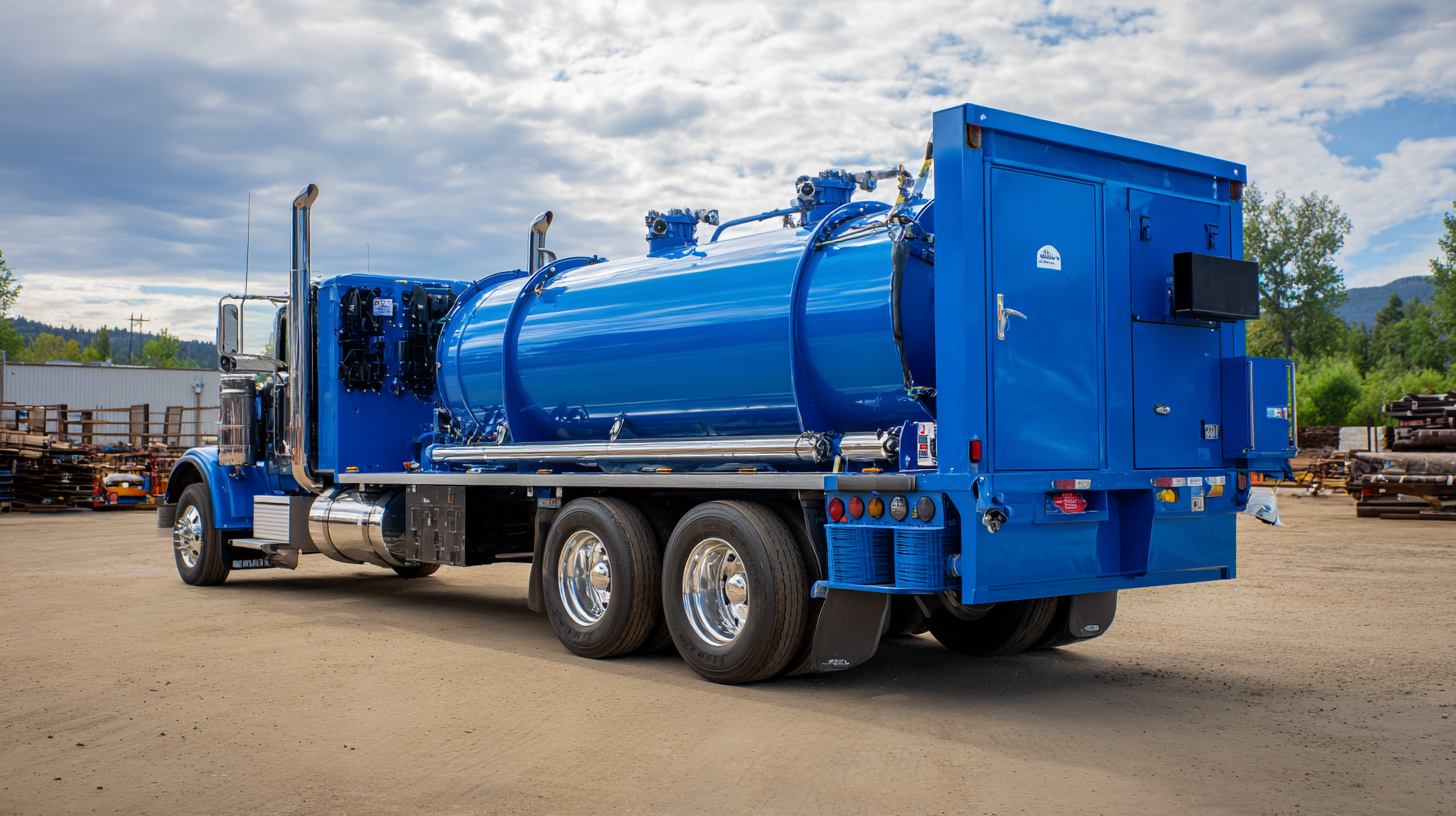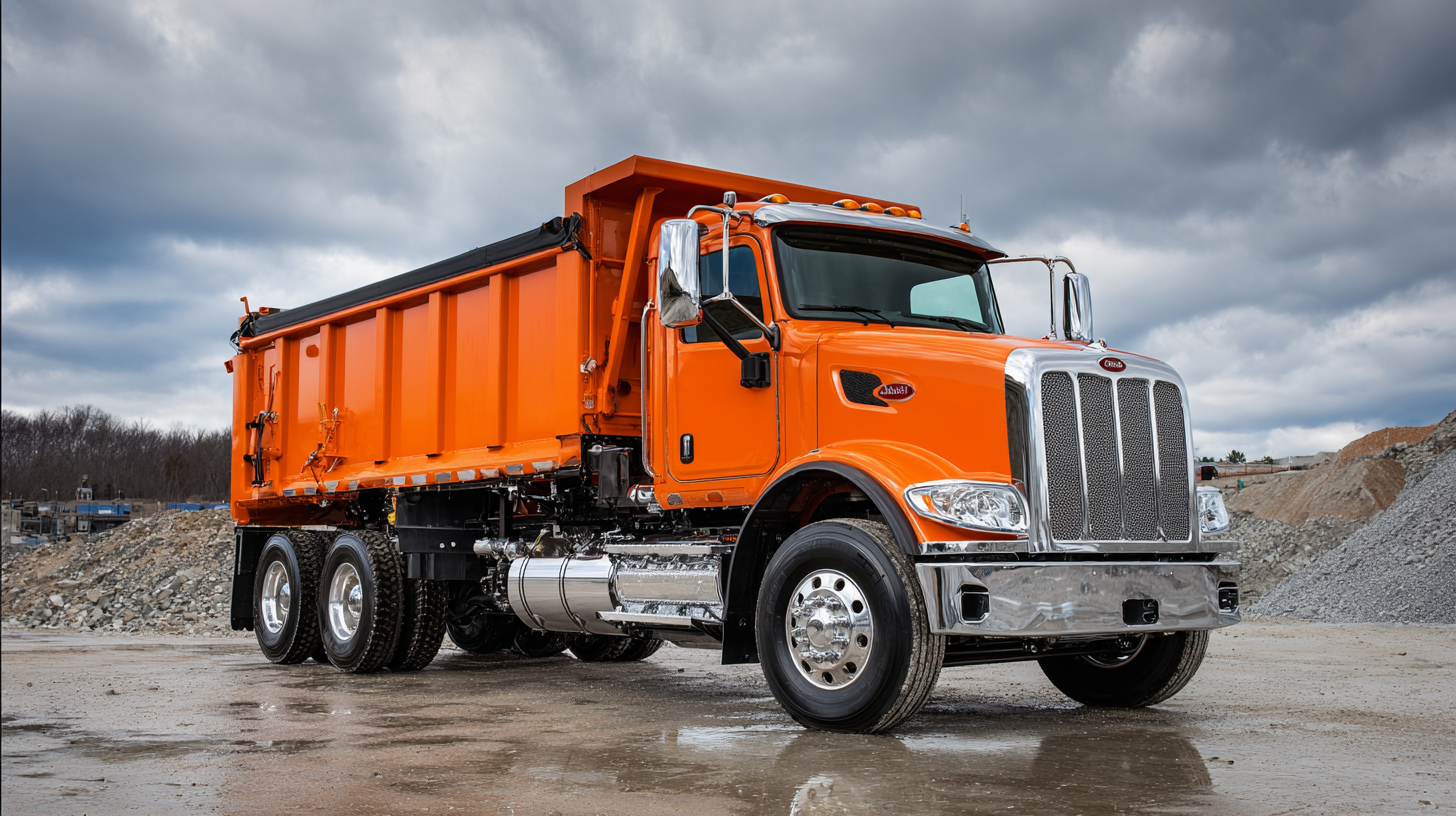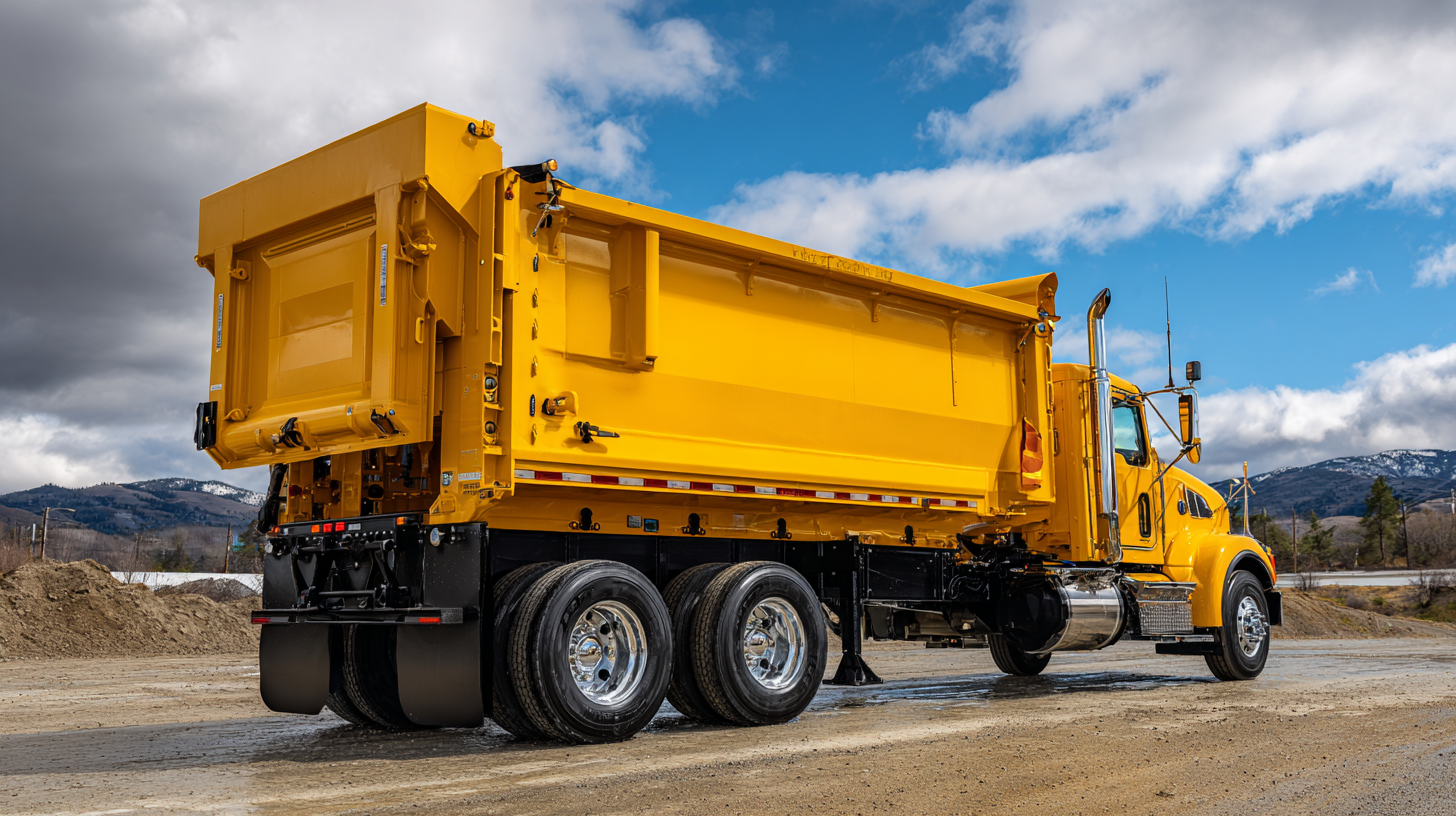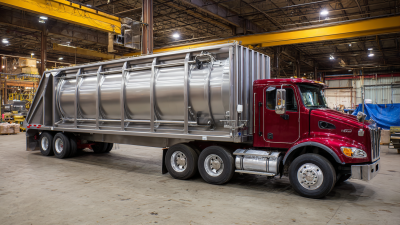 +86-13349293098
+86-13349293098
Leave Your Message
-
 Contact Phone
Contact Phone -
 Contact WhatsApp
Contact WhatsApp -
 Contact Email
Contact Email



When it comes to enhancing the functionality of your truck, choosing the right Dump Bed Cylinder is critical. According to a report by the American Trucking Associations, the trucking industry is responsible for transporting over 70% of all freight in the U.S. This statistic highlights the importance of reliable and efficient equipment, such as dump bed cylinders, which play a vital role in the unloading process for various applications, including construction and agriculture. A well-suited dump bed cylinder can significantly improve productivity and safety, ensuring that materials are moved quickly and effectively. With numerous types and specifications available, understanding the key factors that influence your selection can make all the difference in maximizing your truck’s capabilities while minimizing downtime.

When selecting a dump bed cylinder for your truck, it's essential to understand the fundamental components and functions that drive these hydraulic systems. A dump bed cylinder is integral to the operation, as it provides the lifting power necessary to raise and tilt the bed for unloading materials. Typically made from high-strength steel, these cylinders are engineered to withstand significant pressure and weight, crucial for tasks involving heavy loads like gravel or construction debris. Understanding specifications such as bore size, stroke length, and pressure ratings will help you determine the best fit for your specific truck model and usage requirements.

Another key aspect to consider is the type of hydraulic system your truck operates on. Different setups may require specific cylinder configurations to ensure optimal performance. For instance, single-acting cylinders are commonly used for lighter loads and applications, while double-acting cylinders offer enhanced lifting power and control—making them suitable for more demanding tasks. Additionally, pay attention to mounting styles and compatibility with your existing dump bed to ensure seamless integration. By grasping these basics, you can confidently choose the right dump bed cylinder that meets your truck’s needs and enhances its functionality.
When selecting the right dump bed cylinder for your truck, one of the most critical factors to consider is load capacity. This specification indicates how much weight the cylinder can lift safely. It is essential to match the cylinder's load capacity with the intended use of your truck. For instance, if you frequently transport heavy materials like gravel or soil, opt for a cylinder with a higher load capacity to ensure it can handle the demands without compromising performance or safety.
Additionally, evaluating the specifications of different cylinder options can help you make an informed decision. Important specifications to consider include stroke length, bore size, and operating pressure. The stroke length determines how far the bed will elevate, while the bore size affects the force the cylinder can produce. Understanding these specifications will ensure you choose a cylinder that not only meets your truck's requirements but also enhances its efficiency and longevity in heavy-duty operations. Remember to consult the manufacturer’s guidelines to find the best match for your specific applications.

When selecting a dump bed cylinder for your truck, the material used is critical to its performance and longevity. Common materials include stainless steel, aluminum, and composite materials, each offering distinct advantages.
Stainless steel is renowned for its exceptional strength and corrosion resistance, making it ideal for rugged environments where durability is paramount. It can withstand heavy loads and harsh weather conditions, ensuring reliable operation over time.
Aluminum, on the other hand, is favored for its lightweight nature, which can enhance the overall efficiency of your truck. It is easy to install and less likely to rust, making it a practical choice for lighter applications.
Additionally, new composite materials are emerging as alternatives, providing a balance between strength and weight. These materials can offer good resistance to corrosion while also reducing the overall weight of the cylinder, which can be particularly beneficial for maximizing payload capacity.
Ultimately, the choice of material will depend on your specific operating conditions and the demands placed on your dump bed.
When selecting a dump bed cylinder for your truck, understanding the differences between single and double acting cylinders is crucial. Single acting cylinders utilize hydraulic pressure to lift the bed and rely on gravity or another mechanism to lower it. This design is simpler and typically more cost-effective, making it a popular choice for lighter-duty applications. However, the limitation of a single acting cylinder is evident when precise control during the lowering phase is necessary, which can affect efficiency in certain tasks.
On the other hand, double acting cylinders provide hydraulic power for both the lift and lower functions. This allows for more controlled and powerful operation, making them ideal for heavier loads and more demanding applications. The ability to adjust the lowering speed adds versatility, enhancing safety and efficiency during operation. When considering the working conditions and your specific requirements, understanding these differences will help you choose the right cylinder that not only optimizes performance but also fits your truck's capabilities seamlessly.
When selecting a dump bed cylinder for your truck, several key features are essential to consider to ensure it meets your specific needs. First, assess the cylinder's lifting capacity. This is crucial, as it should match or exceed the load your truck will handle. Look for specifications that outline the maximum weight capacity and ensure that the cylinder can sustain repeated lifting without compromising its function or safety.
Another important feature is the cylinder's stroke length. This determines how high the dump bed will elevate and should be compatible with your truck model. A longer stroke typically allows for a more extensive unloading area, which can be beneficial for certain applications. Additionally, evaluate the material construction of the cylinder. Heavy-duty steel or aluminum options tend to offer increased durability and resistance to rust and other environmental factors, which prolongs the lifespan of the cylinder and ensures reliable performance. Always consult with the manufacturer’s guidelines and consider your truck's specific requirements to make the best choice.
| Feature | Description | Importance |
|---|---|---|
| Load Capacity | Maximum weight the cylinder can handle efficiently. | Critical for safe operation and to prevent cylinder damage. |
| Stroke Length | Distance the piston travels when the cylinder is extended or retracted. | Affects the height and angle of the dump bed. |
| Material | Durability and resistance to environmental factors. | Ensures longevity and performance in harsh conditions. |
| Cylinder Type | Single-acting or double-acting action of the cylinder. | Determines how the bed lifts and lowers. |
| Seal Type | Quality of seals used to prevent leaks and degradation. | Critical for maintaining hydraulic integrity. |
| Mounting Style | Configuration of how the cylinder connects to the truck and bed. | Affects installation and operational efficiency. |






